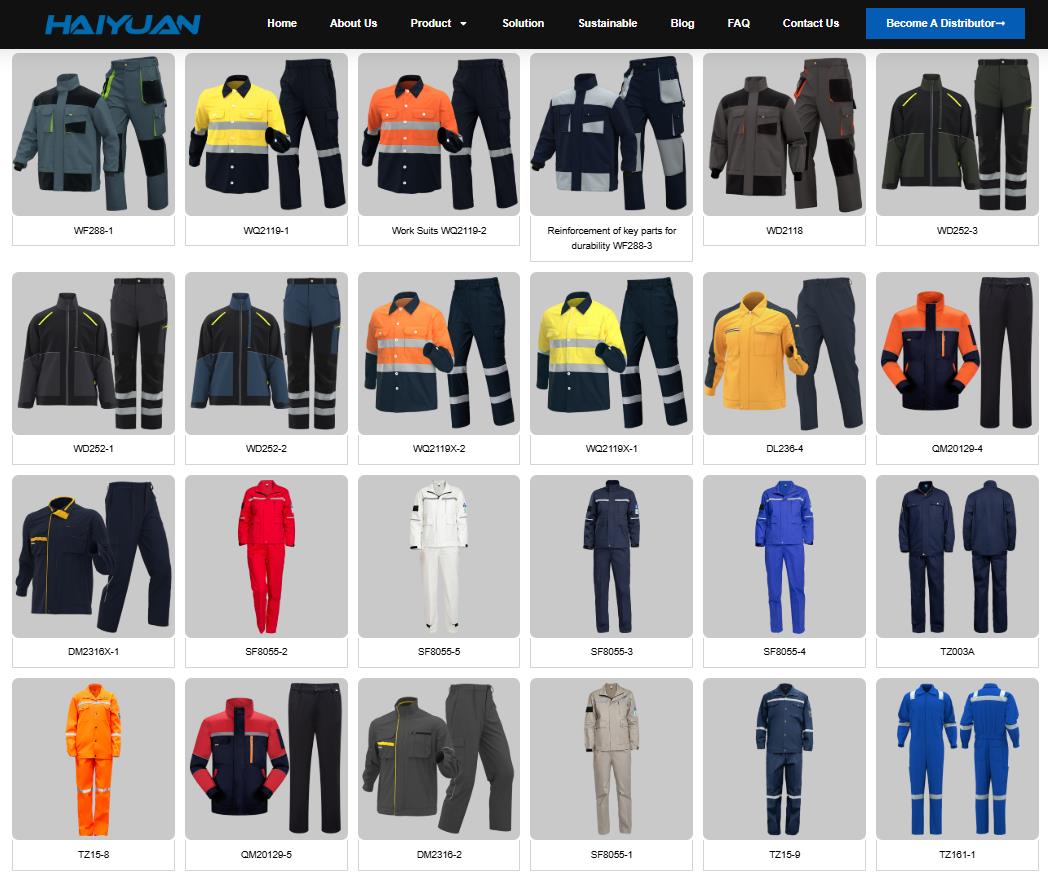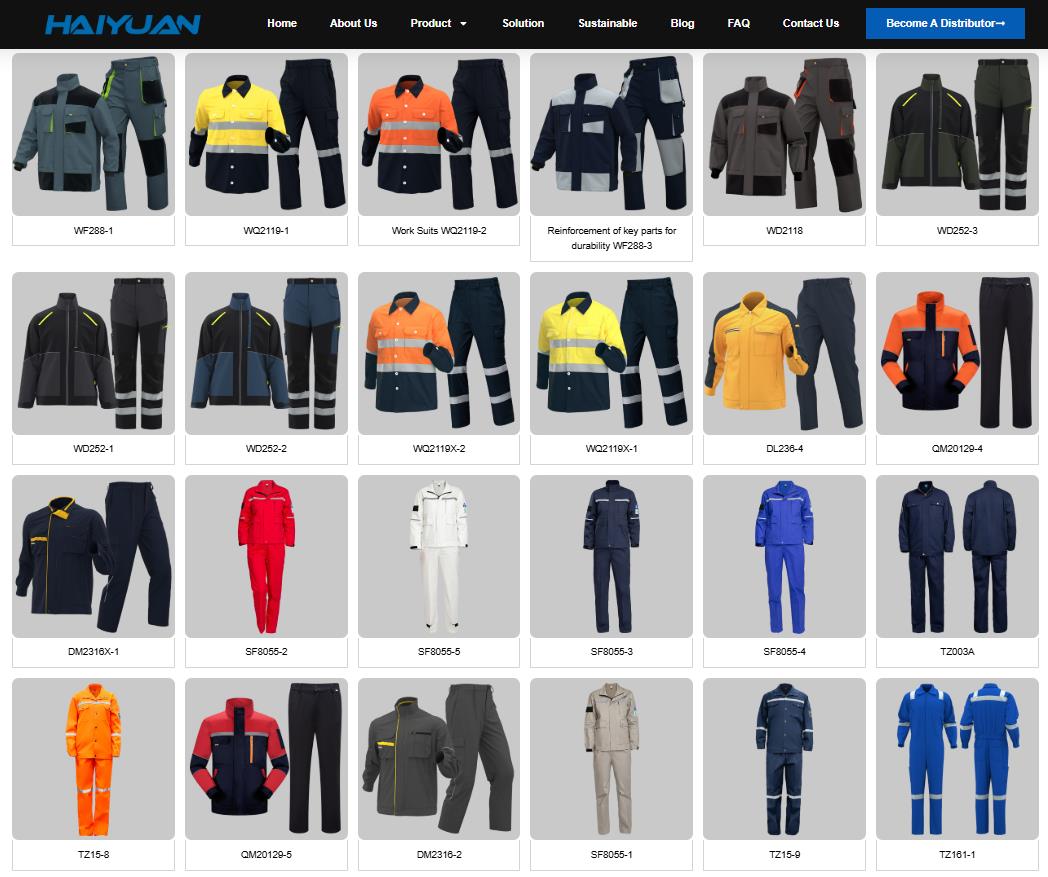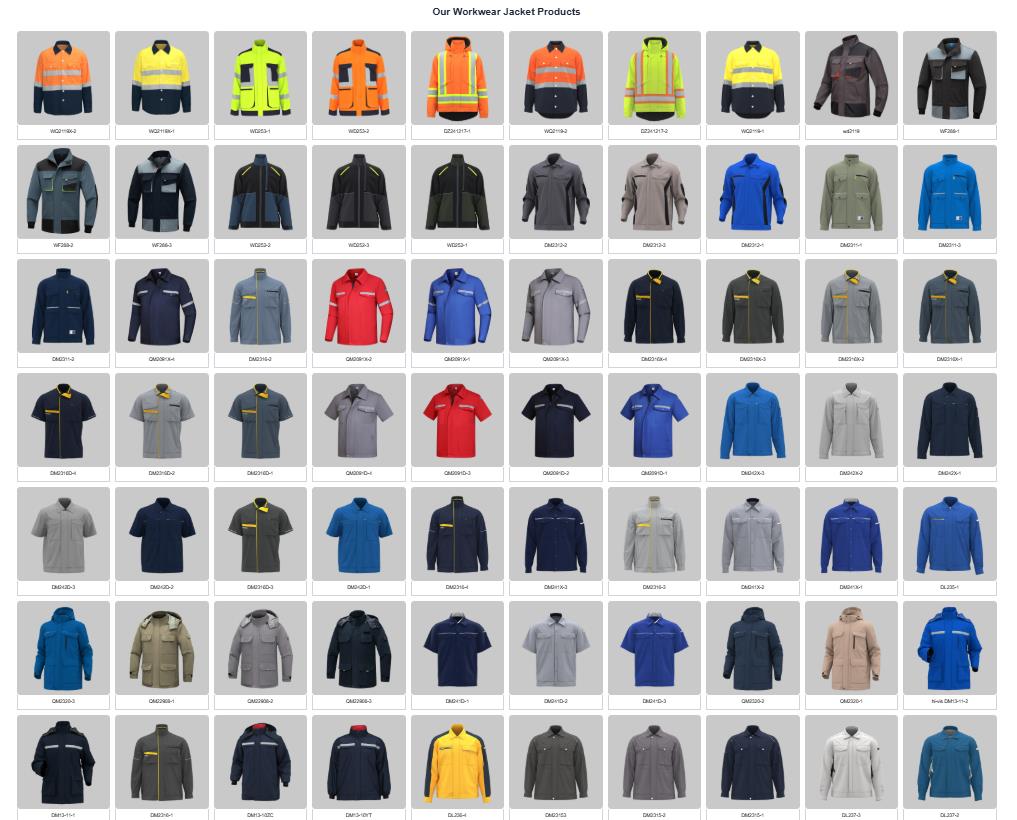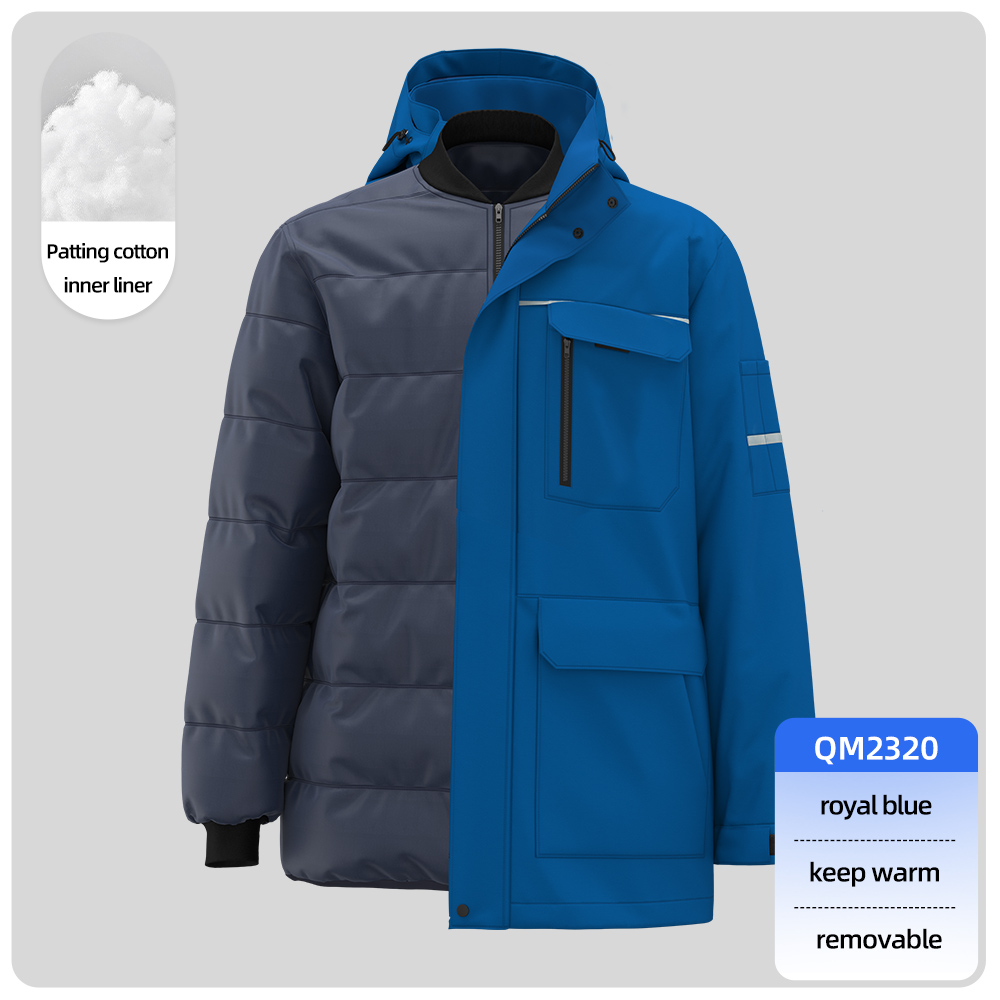Of course. Here is a practical, actionable guide for a Vietnamese company looking to navigate the process of importing custom workwear from China.
A Practical Guide to Importing Custom Work Uniforms from China for Vietnamese Businesses
For a growing Vietnamese company, presenting a professional image through high-quality, custom-branded uniforms can significantly boost team morale and brand recognition. However, sourcing these uniforms cost-effectively often leads businesses to China, the world’s manufacturing hub. While the potential for savings and quality is enormous, the process—from finding a reliable factory to clearing customs in Hanoi or Ho Chi Minh City—is fraught with potential pitfalls like communication barriers, hidden costs, and quality inconsistencies. This guide is designed to walk you through the entire process, helping you avoid common mistakes and secure the best possible outcome for your investment.
Phase 1: Finding and Vetting a Reliable Manufacturer
This is the most critical step. The wrong choice can cost you time, money, and product quality.
1. Where to Look:
-
B2B Platforms: Alibaba is the most prominent. Look for suppliers with “Gold Supplier,” “Verified,” and “Trade Assurance” status. Made-in-China and GlobalSources are also excellent alternatives.
-
Trade Shows: The Canton Fair in Guangzhou is the largest event where you can meet manufacturers face-to-face, feel fabric samples, and establish a relationship.
2. How to Vet a Factory:
-
Communication: Gauge their responsiveness and clarity. Poor communication at this stage is a major red flag.
-
Request Samples: Always order a production sample with your exact logo, fabric, and stitching. This sample will be your quality benchmark and is non-negotiable. Be prepared to pay for it.
-
Ask Key Questions:
-
What is your Minimum Order Quantity (MOQ)?
-
Can you provide certifications for fabrics (e.g., flame resistance, moisture-wicking)?
-
What is your experience with exporting to Vietnam/Southeast Asia?
-
Can you provide a copy of your business license?
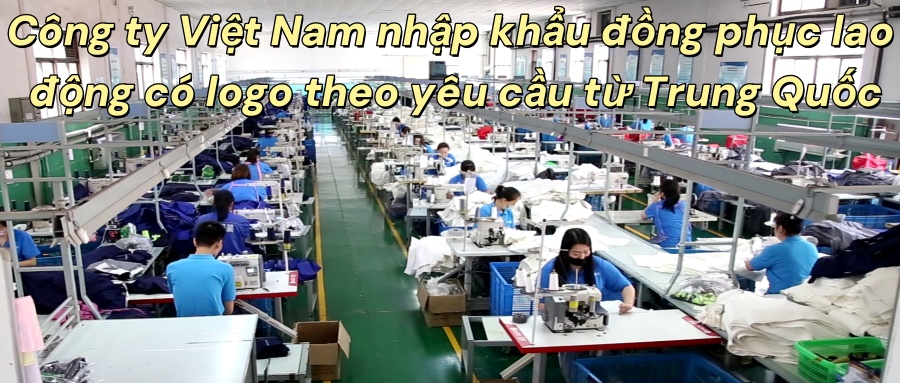
vietnamese companies import work uniforms from china
-
Phase 2: The Ordering Process – Dotting the I’s and Crossing the T’s
Once you’ve chosen a supplier, clarity is everything.
1. Create a Detailed Tech Pack: This document prevents misunderstandings and should include:
* Technical Drawings: Sketches of the garments with precise measurements for each size.
* Fabric Specifications: Exact material composition (e.g., 65% polyester, 35% cotton), weight (e.g., 220gsm), and color (use Pantone codes for accuracy).
* Logo Details: Precise placement, size, and method (embroidery, screen printing, or patch).
* Packaging: How should each uniform be packaged? (e.g., individually in poly bags).
2. Negotiate Terms (Incoterms): This defines who pays for what and assumes risk during shipping.
* FOB (Free On Board): You pay for the goods once they are loaded on the ship in China. You are responsible for the main freight cost, insurance, and all import formalities in Vietnam. This is the most common and often recommended term for Vietnamese importers.
* EXW (Ex Works): You pay only for the finished goods at the factory door. You are responsible for all logistics, China export fees, and Vietnam import fees. Only choose this if you have a strong logistics partner.
* Avoid DDP (Delivered Duty Paid) unless you want the Chinese supplier to handle everything (they often add high fees for this service).
3. Payment Terms: NEVER pay 100% upfront. Standard practice is:
* 30% deposit to start production.
* 70% balance payable after you approve pre-shipment photos or against a copy of the Bill of Lading.
Phase 3: Logistics and Importing into Vietnam
This phase often intimidates first-time importers, but it’s manageable.
1. Hire a Freight Forwarder: A good Vietnamese freight forwarder or a forwarder with a strong partner network in Vietnam is invaluable. They will:
* Handle booking cargo space on vessels.
* Prepare and submit all required shipping documents.
* Navigate the customs clearance process on your behalf.
* Arrange inland transportation from the Vietnamese port to your warehouse.
2. Required Documents: Your supplier must provide you with:
* Commercial Invoice
* Packing List
* Bill of Lading (B/L) (the title to the goods)
* Certificate of Origin (COO) – Usually Form E for ASEAN-China trade, which may qualify for reduced tariffs under the ASEAN-China Free Trade Agreement (ACFTA).
3. Customs Clearance in Vietnam:
* Your freight forwarder will use your company’s Business Registration Certificate and Import-Export Code to declare the goods to Vietnamese customs.
* You will need to pay Import Duty and Value-Added Tax (VAT). The rate depends on the product’s HS code and the COO (Form E can reduce the duty rate to 0% for many items).
* Customs may inspect the shipment, which can cause delays.
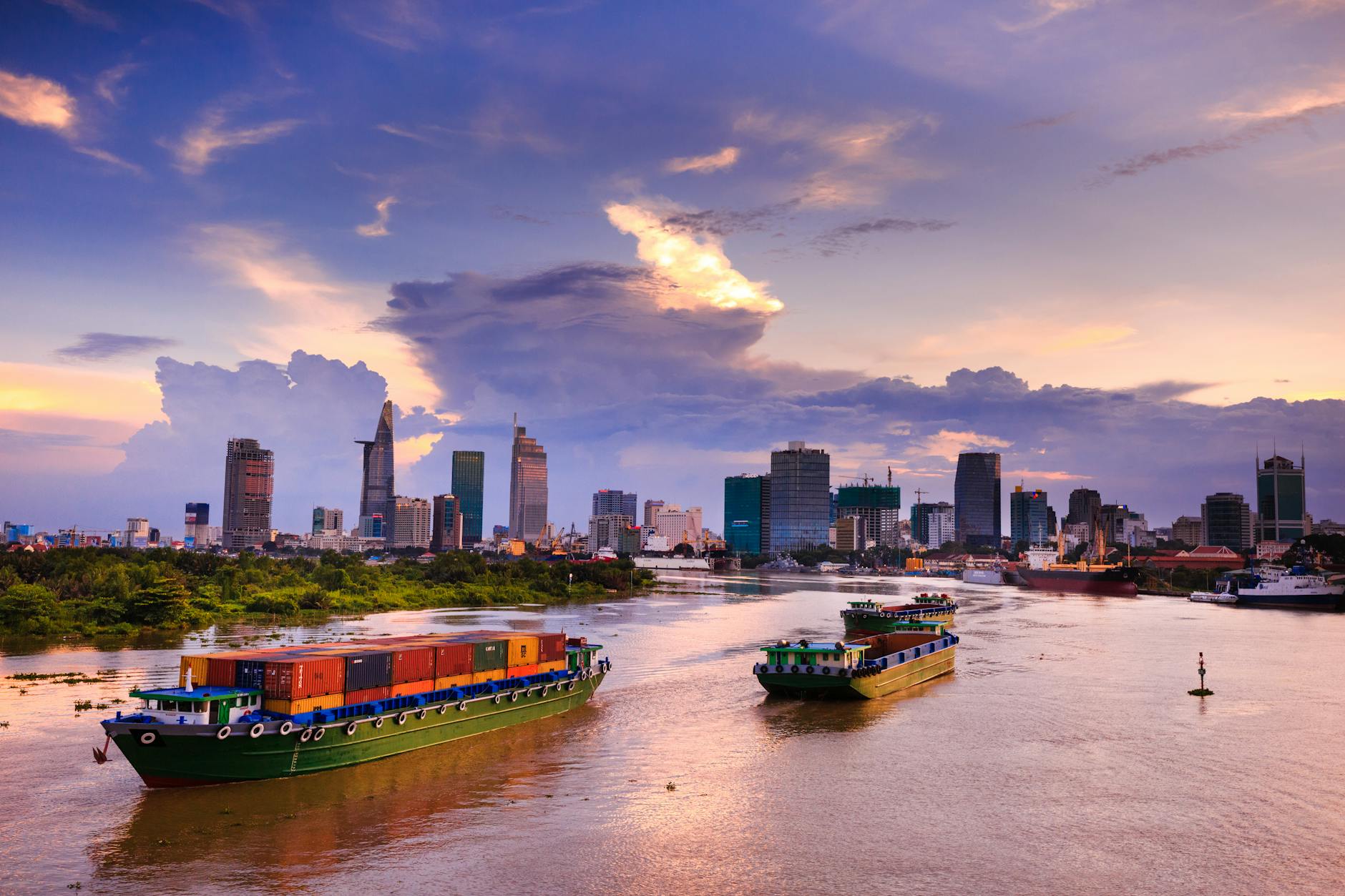
Phase 4: Ensuring Quality and Managing Risks
-
Quality Control (QC): Do not skip this. You can:
-
Hire a Third-Party QC Inspector: Companies like SGS, QIMA, or Asia Inspection can send an inspector to the factory in China to check the goods against your sample before shipment. This is the single best way to avoid receiving poor-quality goods.
-
Do It Yourself: If you have a trusted agent, have them send you detailed photos and videos of the random pieces from the production line.
-
Key Considerations & Expanded Questions to Ask
-
Lead Time: Always factor in extra time for production, shipping, and customs clearance. A 30-day production time + 15 days shipping + 7 days customs = a 52-day lead time. Plan accordingly.
-
Language Barrier: Use clear, simple English in all communications. Use pictures and diagrams liberally.
-
Cultural Difference: Be patient and maintain respectful, professional communication. Building a good relationship (关系 – guānxi) is important for long-term cooperation.
-
What’s the total landed cost? Don’t just look at the unit price. Calculate the total cost per uniform, including:
-
Product cost
-
Sample cost
-
Logistics (freight, insurance)
-
Vietnam import duties & taxes
-
Freight forwarder fees
-
QC inspection cost
-
By methodically following these steps, your Vietnamese company can successfully navigate the complexities of importing custom work uniforms from China, ensuring you receive high-quality, cost-effective products that enhance your brand’s professional image.
Useful links:

